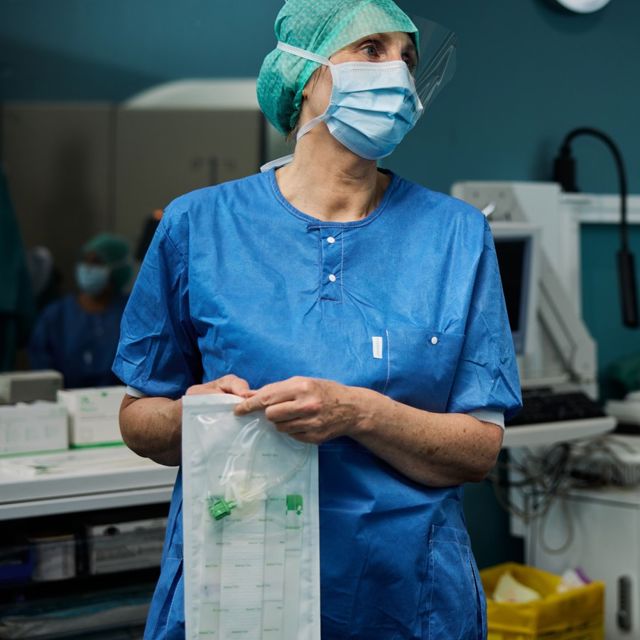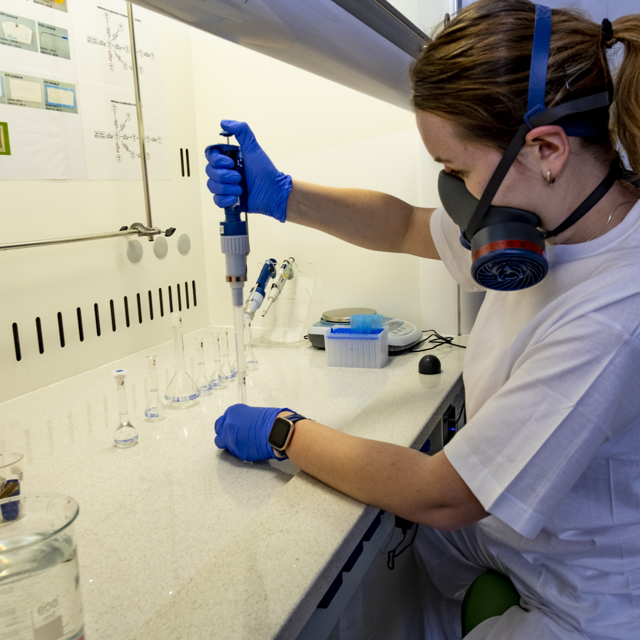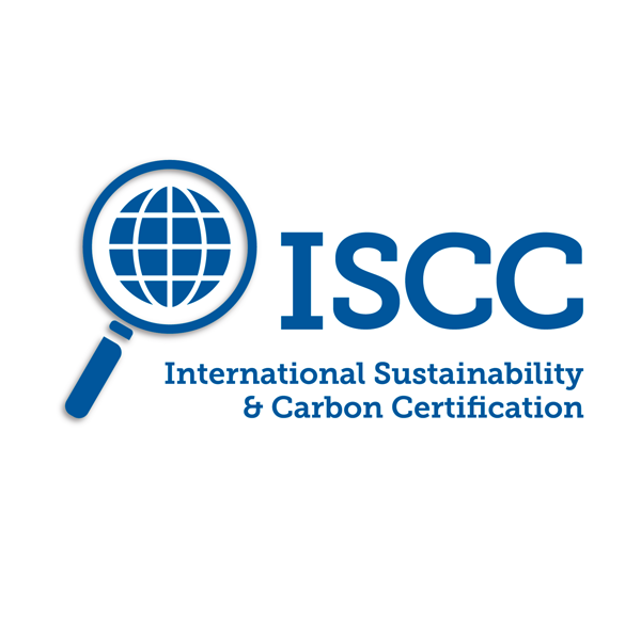Sustainable healthcare solutions

A holistic approach
We envision a future where people enjoy optimal health and wellbeing, where health systems operate in an efficient and responsible manner, at minimal cost to the environment, and have a positive impact on society at large.
To achieve this vision of sustainable healthcare, a holistic approach is required that considers the environmental, social, and economic aspects of care delivery. This vision is the driver behind rigorous assessment of our product portfolio with respect to these crucial aspects, and our continual efforts to improve without compromising the safety and quality of our products.
By streamlining practises focused on prevention and rapid, appropriate intervention, we are leveraging innovations that promote more efficient practise and patient empowerment. These efforts seek to treat more patients while consuming fewer resources.
Sustainable Product Portfolio Assessment (SPPA)
Mölnlycke uses the SPPA framework to identify the sustainability value delivered to customers. The SPPA is based on a portfolio framework tool developed by the World Business Council for Sustainable Development (WBCSD), adapted to meet the needs of a MedTech company.
The portfolio is evaluated across multiple sustainability criteria, comparing products to mainstream market alternatives throughout the entire value chain. The sustainability benefits of Mölnlycke’s solutions are assessed across the entire value chain and may include one or more of the following:
- lower greenhouse gas (GHG) emissions and improved
energy efficiency, - more efficient use of natural resources, such as using less
materials or circular materials, - avoidance of substances of concern,
- reduced waste through longer service life, lower material usage
and recyclability design, - improved packaging to reduce waste and promote recycling,
- increased inclusiveness,
- enhanced health and wellbeing.

"Engaging in a Sustainable Product Portfolio Assessment (SPPA) provides us with a profound understanding of the sustainability embedded in our portfolio. This not only empowers us to guide customers towards sustainable choices but also enriches our insights for the continuous evolution of resilient and sustainable solutions."
Erik van Campenhout Businees Director, Wound Care, Region North and Benelux
Life Cycle Assessment (LCA)
We systematically perform comprehensive Life Cycle Assessments in accordance with relevant international standards, encompassing our entire value chain. LCA data are used to continually improve our solutions, reducing their environmental impact. We share the data with our healthcare partners to support informed decision-making and help them achieve measurable improvements.
-
0 %of Mölnlycke products (by net sales) assessed through Life Cycle Assessment by end of 2024
-
Our position statement on Life Cycle Assessment
The benefits of a Life Cycle Assesment are twofold:
- They inform internal decision making, ensure that continual improvement projects focus on the highest impact areas and do not cause unintended negative impacts, securing the best route for innovation, toward the sustainable solution that both our customers and internal governance require.
- If they are conducted to a high and consistent standard, they enable customers to more accurately reflect their enviornmental impact, and understand where they too can focus improvement.
When making sustainability claims through LCA comparisons of products and services, Mölnlycke adheres to the following principles:
- Employ the same methodology, assumptions, and scope used for measuring our own products, guaranteeing an equitable comparison within our portfolio.
- Compare the product being evaluated with the average product from our portfolio, rather than with competitors', to underscore improvements and avoid misleading claims.
- Where available, utilize Product Category Rules (PCRs) relevant to the product category. Based on ISO 14040, ISO 14044, ISO 14025 PCRs define the guidelines for creating an Environmental Product Declaration (EPD) for a specific category and may include industry averages for comparison.
In making sustainability claims, transparency and accuracy are paramount for Mölnlycke. To avoid the risks of "greenwashing" and potential harm to our reputation, it's crucial that our claims are substantiated by reliable data and adhere to pertinent guidelines and standards.
Individual product Life Cycle Assessments inform our work with a holistic sustainability assessment of our portfolio that we conduct in a systematic manner aligned with standardised methodology.
-
Our position statement on Sustainable Product Portfolio Assessment (SPPA)
Mölnlycke is actively engaged in promoting a circular economy, incorporating circular practices throughout its entire value chain. Mölnlycke recognises the transformative possibilities across every facet of its business with a collaborative focus on providing its customers with sustainable solutions that utilise resources responsibly and create a minimal environmental impact, while delivering the optimum positive societal impact.
Mölnlycke adapted the standardised categorisation methodology, Sustainable Product Portfolio Assessment, from the portfolio framework tool developed by World Business Council for Sustainable Development (WBCSD) as fit for purpose for a MedTech company.
The company’s portfolio approach promotes the use of safer and more sustainable products, compared to mainstream products or services available on the market, in all stages of the value chain. Mölnlycke’s responsibility stretches to the whole life cycle, from sourcing, transportation, manufacturing through to customer use and end of life. The company assesses the sustainability performance of all products and services and builds sustainability thinking into its innovation process through sustainable design insights and eco-design tools.
Mölnlycke segments its product portfolio into the following three categories to reflect the sustainability risks and opportunities.
- “Leading solutions” are solutions that offer significant sustainability benefits for customers compared to mainstream alternatives in the market, while providing the same or better functionality and no adverse impacts on any other sustainability criteria.
- “Performers” are solutions which meet the needs of Mölnlycke’s customers and patients and have no immediate positive or negative impact in terms of sustainability.
- “Transitioners” are solutions which have known current or future sustainability risks, according to regulations or concerns raised by stakeholders such as customers, NGOs, and public groups.
Information from the portfolio analysis is used to support product portfolio planning through the company’s marketing and innovation processes. It also helps the company to engage with customers with a focus on sustainability.

Hazardous substances
Medical devices often use a wide range of chemical materials, including plastics, adhesives, and coatings. Some of these materials may contain hazardous substances, such as plasticizers, flame retardants, and antimicrobial agents.
We proactively identify, risk assess and manage all substances to ensure any hazards are carefully controlled and risks are minimised. We are committed to reducing or replacing hazardous substances whenever possible.
For details, please see our position statement on hazardous substances below.
-
Our position statement on hazardous substances
Creating solutions to achieve optimal healthcare outcomes often requires complex production processes and the handling of many different substances. Mölnlycke is committed to the safe use of all substances at every stage of design and production. We systematically identify, classify, and assess the risks of all substances to ensure that potential hazards are identified and controlled.
Our program continually reviews substances as their regulatory status changes and prevents the introduction of hazardous substances into our operations. The output from our hazardous substance assessment program is fully integrated into our Sustainable Product Portfolio Assessment (SPPA) process, which is implemented across most Mölnlycke businesses. This direct link ensures timely and appropriate management of identified substances within our product portfolio.
We focus particularly on substances that are hazardous or may be hazardous in the future, aiming to minimise and replace them whenever possible. This process is embedded in rigorous review and rating systems, along with portfolio-level analysis and reporting, to ensure the continual removal of hazardous substances from our value chain. Our ongoing program of research, development, and supplier interaction seeks technologies to replace these substances. When replacement is not feasible, hazardous substances may only be used when their safe use and adequate controls can be demonstrated, protecting our teams, stakeholders, and the environment.
Careful handling of hazardous substances and preventing their release into the environment are requirements of the ISO 45001 standard for occupational health and safety management and the ISO 14001 standard for environmental management. Mölnlycke is globally certified to these standards and regularly audited by an accredited body to ensure conformance.

Designing products with longer service life
Designing devices with longer service life compared to previous devices, and educating customers in using them for longer is an important aspect of Mölnlycke’s gradual transition into the circular business model.
One example is Mölnlycke’s Mepilex® Border Post-Op, which is clinically proven to be safely used for up to 14 days after surgery.1 Advanced dressings with prolonged lifespan can contribute to minimising dressing-related waste and, consequently, also greenhouse gas emissions associated with product disposal.
Helping customers reduce waste
Studies show that switching from single-packed medical supplies to our customisable Mölnlycke® ProcedurePak trays can reduce packing waste with up to 90%, while saving valuable time in preparation.

Renewable alternatives to fossil-based materials
As part of our commitment to use materials efficiently and support the principles of circularity, Mölnlycke are proud to be expanding the portfolio of solutions with renewable materials certified with International Sustainability and Carbon Certification system (ISCC).
Several Mölnlycke life cycle assessments show that replacing fossil-derived plastic with ISCC certified bio-based material can result in a product with lower GHG emissions.
- Van Overschelde P, et al. Undisturbed wound healing: a single centre retrospective study investigating patient reported outcomes and clinical validity of extended dressing wear time for incisional healing following orthopaedic surgery. The ARCTIS study. Journal of Wound Care, 2024.